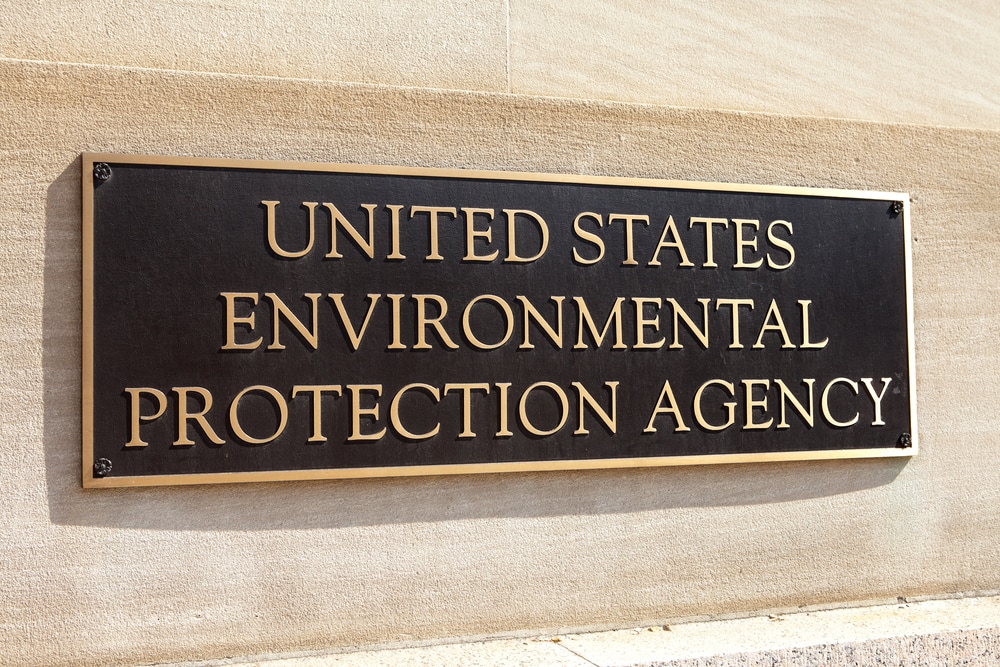Local control is better management for federal lands
In his recent State of the Union speech, President Obama promised to use presidential authority to “protect more of our pristine federal lands.” Similar to most political statements, many people find this idea appealing, but few investigate it further.
A thorough examination of the federal estate shows those resources are squandered at a high cost.
While taxpayers across the nation share the cost of federal land management expenses and lost revenue potential, citizens in the West have little say on how more than half their land is managed. This has created a great divide between East and West as it runs along the eastern border of Colorado — while 47 percent of the acreage in the contiguous West is federal, a mere 4 percent is federal in the East.
Some western states are beginning to fight for custody.
Last year, Utah passed a resolution giving the federal government until the end of 2014 to transfer the majority of the state’s federal lands to state ownership. Six other western states are pursuing similar legislation. The support for devolving federal land to state control is growing as citizens realize that the federal government is making poor land management decisions at escalating costs.
As an avid outdoor enthusiast from Montana, the public lands debate is more than an academic interest. My family and I hike, bike, fish and ski on Montana’s federal lands, but access is being reduced as new set-asides are created and there are increasing use restrictions. I think that is the pristine part of federal land protection.
A recent update on a travel-planning document in a nearby Wilderness Study Area, for example, reduced mountain bike trail access from more than 100 miles to 20. Motorbikes also lost considerable trail access. Yellowstone National Park now restricts snowmobile use almost exclusively to guided tours. Other trails in our area have eliminated horses. In addition, the federal lands designated as multiple use are providing fewer commodities and little return in terms of financial resources.
Americans on the East of this divide may see the federal lands as distant places to vacation or areas to preserve. But in the West, our relationship with federal lands is much different. It is our backyard, and poor resource management inflicts repercussions. Forests left unmanaged that grow overly dense, for example, are at increased risk of wildfire that not only destroys homes, but erodes soils and reduces water quality. As active management has declined on the federal lands, wildfire acres burned and suppression costs have increased.
Despite this, budgets for federal land management are set by politicians in Washington, where special interests have more influence over agency budgets than do westerners or federal land managers. Consider that appropriations to manage Montana’s nearly 27 million acres of federal lands are determined by 535 politicians, only three of which directly represent the citizens of the state and live in proximity to those federal lands. As a result, new parks and marquee facilities take precedence over important resource management and upkeep. Visitors and adjacent resource owners that are most greatly impacted by the decisions are a very small part of the decision-making equation.
Though created under an impetus for scientific decision-making, management of the federal estate is a political determination. In fact, science cannot determine the value tradeoffs that must be made. Science cannot determine whether hiking, biking or timber harvest is a higher-valued use. Instead, management decisions — regarding recreation use, commodity production or restoration activities — depend on budget appropriations and special interest battles.
Take the issue of timber management. When a federal manager suggests harvesting timber on federal land, even if undertaken to prevent or remediate wildfires, they submit themselves to a long tug-of-war between the agency, environmental groups and industry officials that often ends up in the courts. This process sucks up limited resources that could otherwise be put to work on the ground.
Today there is little connection between the groups that fight for favored policies and those that pay the costs. For instance, groups fighting for hands-off land management are not burdened by the repercussions of overly dense forests, which include billions of dollars a year in damage to homes and businesses from wildfires. Neither do logging interests realize the costs of habitat lost or restoration that is not built into harvest contracts.
Federal land management has become so politicized that every decision is subject to second-guessing by courts or Congress. Unless taxpayers are content to watch our birthright continue to deteriorate and become increasingly inaccessible to the public, land management policies must change, which means improving incentives.
Devolution of some federal lands — or at least their management — can help improve these incentives by better connecting decisions with outcomes.
This is not merely theoretical. State trust lands, for instance, are required to generate revenues to support state institutions, such as education. This forces conservation interests to consider the costs associated with the benefits. The emphasis is on financial and resource sustainability, not short-term victories.
Utah and other western states have sent a message to politicians in Washington: End the current dismal arrangement of federal land management. While transferring federal lands to state hands is not in itself either necessary nor sufficient to fix the problem, it is a move in the right direction of reconnecting the benefits and costs of land management policies.
It’s time for the discussion to move closer to solving the political logjam that has made effective federal land management all but impossible.








